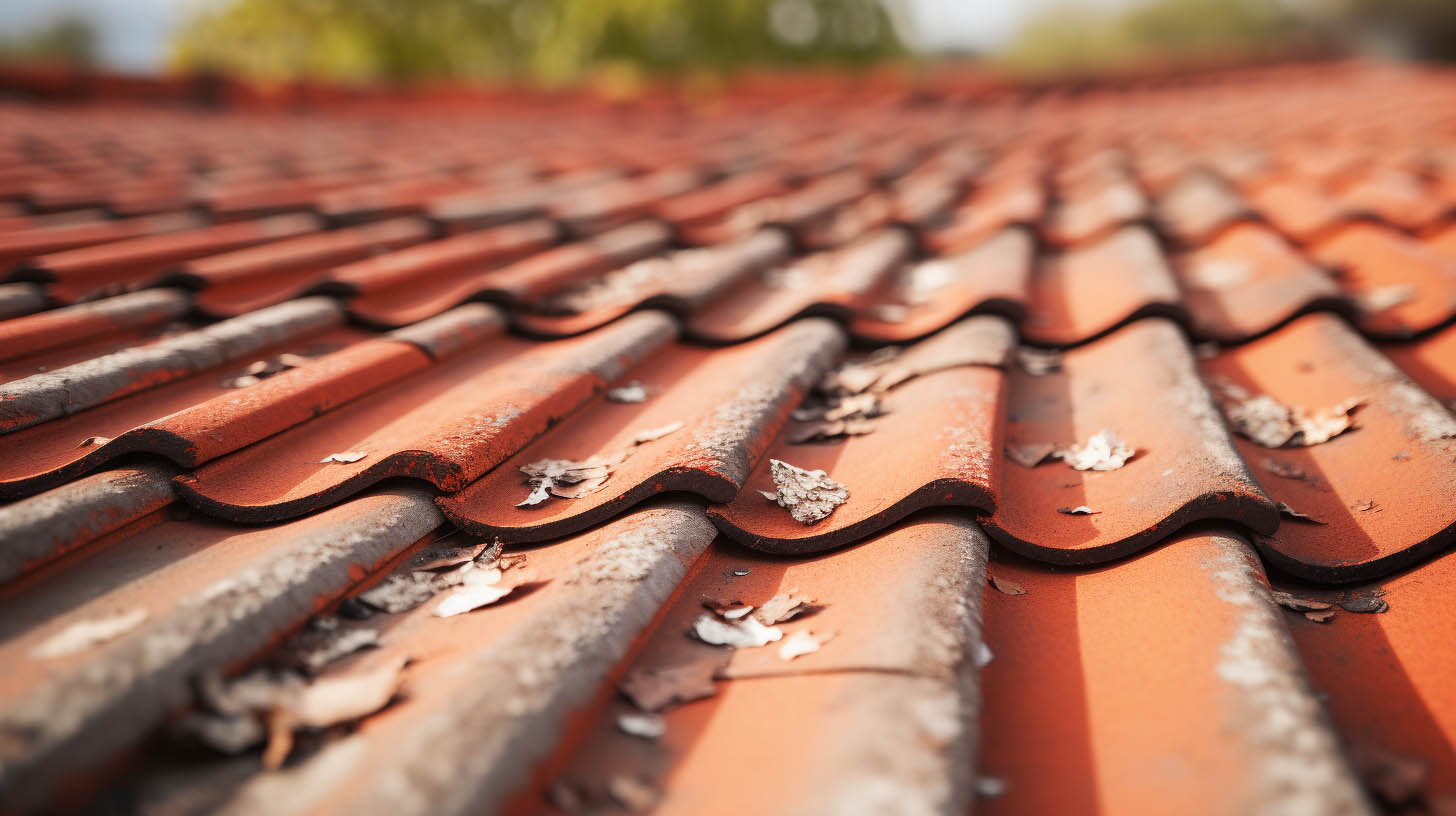
The Phenomenon of Roof Blisters
Roof blisters are a common issue in various roofing systems, particularly in membrane systems and built-up roofs (BUR). These blisters manifest as raised areas or bumps, which are essentially voids between roofing layers or beneath the roof coating. They can vary in size from small, harmless bumps to large, spongy areas that pose a significant risk to the integrity of the roofing system.
Root Causes of Roof Blisters
The primary cause of roof blisters is the trapping of moisture and air in voids between roofing plies or between the substrate and the membrane. When temperatures rise, this trapped moisture expands, leading to the formation of blisters. Manufacturing errors in roofing materials can also contribute to this problem by creating these voids. Additionally, if a blister is punctured, it can expose the underlying layers to the elements, potentially leading to water ingress, mold growth, and water damage.
Strategies for Prevention
Preventing roof blisters begins with proper installation. It’s crucial to engage a skilled and experienced contractor, like Advanced Roofing & Construction, LLC, who understands the importance of ensuring adhesion and maintaining a clean, dry roofing area during installation. Here are additional preventive measures:
Keep the Roof Dry and Clean
Regular maintenance to remove debris and prevent water pooling is essential. This includes cleaning gutters and considering tree trimming if your property is near foliage.
Limit Roof Traffic
Foot traffic can exacerbate blister problems. Limiting access to the roof and ensuring only necessary personnel, such as maintenance crews or roofing contractors in Huntsville AL, walk on it can help prevent damage.
Regular Roof Inspections
Annual inspections are recommended to identify and address blisters early. This proactive approach can prevent minor issues from escalating into major repairs.
When to Seek Professional Help
Determining when a blister requires professional attention can be challenging. However, certain signs indicate the need for immediate intervention by a qualified contractor:
- Blisters in seams or high-traffic areas
- Blisters that have broken open or show signs of cracking
- Large or widespread blister formation
Conclusion
Roof blisters, if left unaddressed, can compromise the longevity and effectiveness of your roofing system. Regular inspections, maintenance, and timely repairs are key to mitigating these risks. Companies like Advanced Roofing & Construction, LLC, specializing in roof repair in Huntsville AL, can provide expert guidance and services to ensure the health and longevity of your roof.
Remember, your roofing system is a significant investment, and taking proactive steps to protect it is crucial for its longevity and performance.



